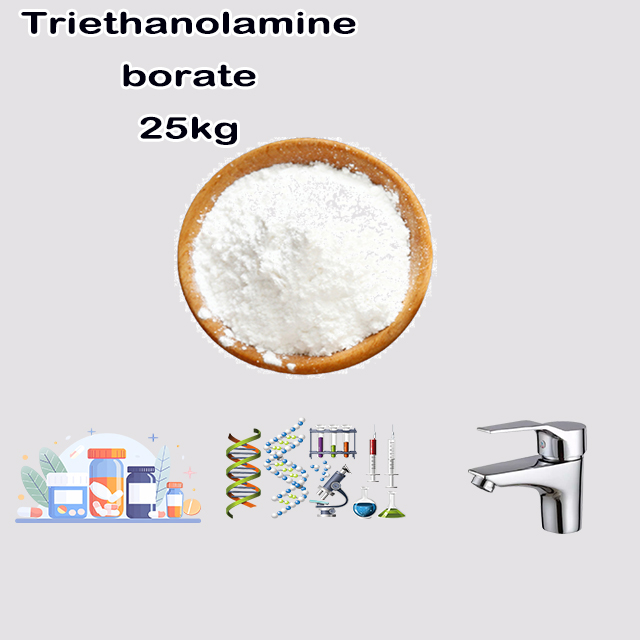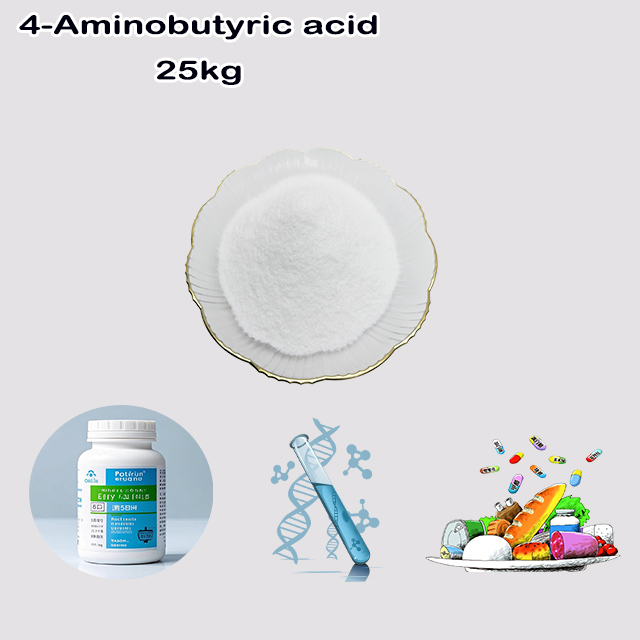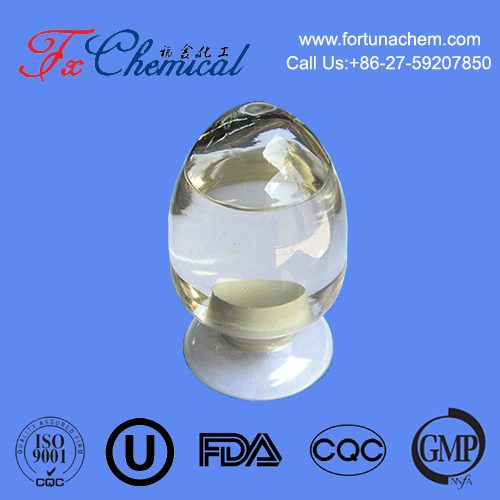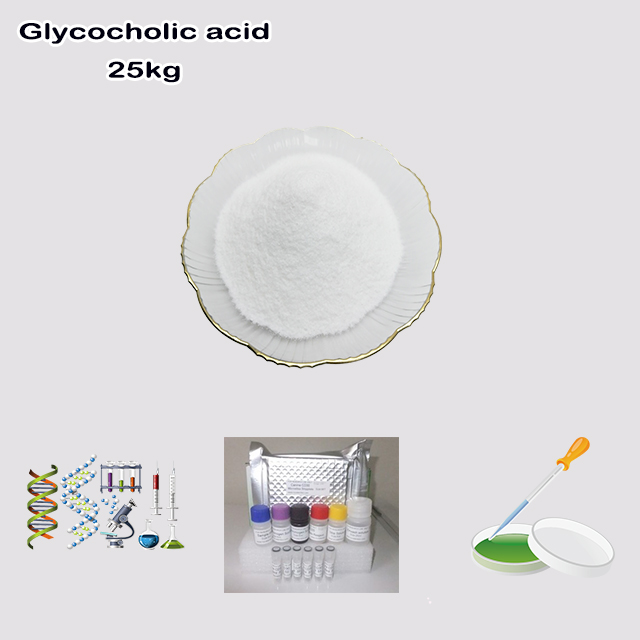
Search

Search

主图.jpg)
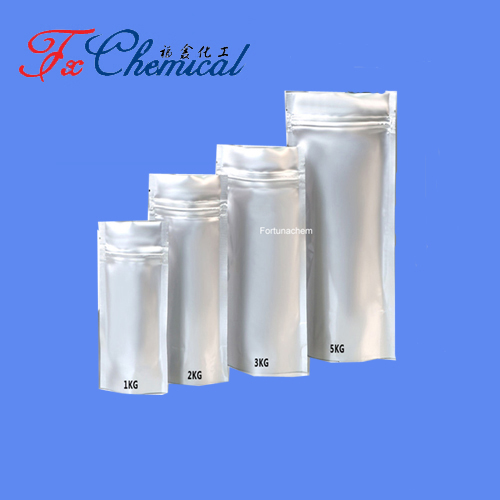
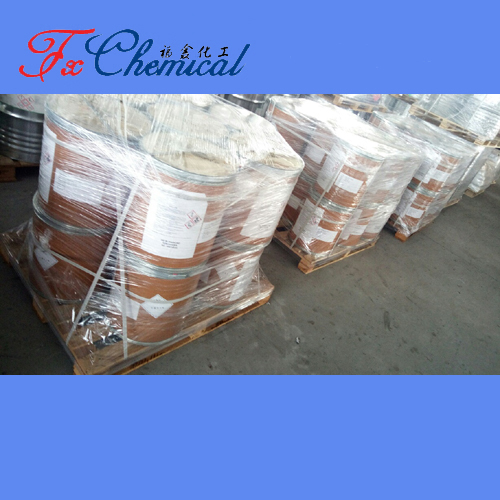
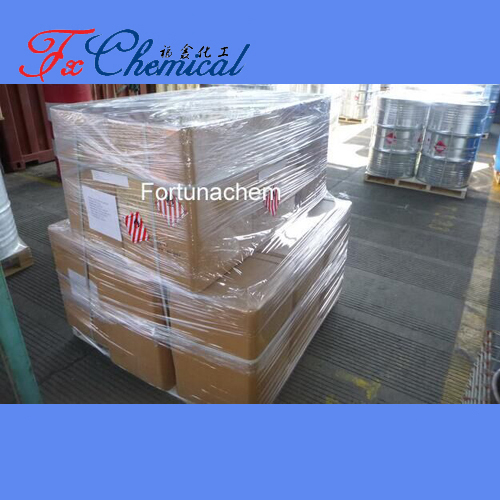

主图.jpg)




Potassium trichloroammineplatinate(II) is a coordination compound with the formula K[Pt(NH₃)Cl₃]. It consists of a square planar platinum(II) ion coordinated to one ammonia (NH₃) ligand and three chloride (Cl⁻) ligands, forming the complex anion [Pt(NH₃)Cl₃]⁻. The potassium ion (K⁺) balances the charge. The trans isomer (ammonia opposite chloride) is most common. It typically forms yellow crystals and is soluble in water. Its primary significance is as a key precursor in synthesizing platinum-based anticancer drugs, most notably cisplatin ([Pt(NH₃)₂Cl₂]).
Potassium trichloroammineplatinate(II) is a coordination compound with the formula K[Pt(NH₃)Cl₃]. Here's a breakdown of its key features:
Composition:
Three chloride ions (Cl⁻)
One ammine ligand (NH₃ - neutral ammonia molecule bound via nitrogen).
Central Metal Ion: Platinum(II) (Pt²⁺), indicating a +2 oxidation state.
Ligands:
Counterion: Potassium ion (K⁺) to balance the charge of the complex anion [Pt(NH₃)Cl₃]⁻.
Structure:
trans-[Pt(NH₃)Cl₃]⁻: The ammonia ligand is opposite a chloride ligand. This is the more common and stable isomer.
cis-[Pt(NH₃)Cl₃]⁻: The ammonia ligand is adjacent to two chlorides. This isomer is less stable and less common.
Pt(II) has a d⁸ electron configuration, favoring a square planar geometry.
The complex anion [Pt(NH₃)Cl₃]⁻ has the NH₃ and Cl⁻ ligands arranged around the central Pt²⁺ ion in a square plane.
Isomers: Two isomers are possible:
Properties:
Typically appears as a yellow or yellowish crystalline solid.
Soluble in water (due to the potassium ion).
The Pt(II) center is relatively inert but can undergo ligand substitution reactions.
Synthesis:
It is commonly prepared by the reaction of potassium tetrachloroplatinate(II) (K₂[PtCl₄]) with ammonia (NH₃):
K₂[PtCl₄] + NH₃ → K[Pt(NH₃)Cl₃] + KCl
The specific isomer formed (trans or cis) can be influenced by reaction conditions like concentration, temperature, and solvent.
Significance:
Precursor: It serves as a key starting material for synthesizing other important platinum(II) complexes, particularly those relevant to medicinal chemistry.
Cisplatin Chemistry: It is a direct precursor to cisplatin ([Pt(NH₃)₂Cl₂]), one of the most important and widely used anticancer drugs. Reacting K[Pt(NH₃)Cl₃] with more ammonia produces the tetrammine complex [Pt(NH₃)₄]Cl₂, which can then be converted to cisplatin.
trans-Platin Analogs: The trans isomer (if isolated) is a precursor to transplatin ([Pt(NH₃)₂Cl₂] trans isomer), which is generally not biologically active as an anticancer drug but is important for comparative studies.
Coordination Chemistry: It's a classic example of a square planar Pt(II) ammine/chloro complex studied to understand bonding, isomerism, and reaction mechanisms in inorganic chemistry.
In summary: Potassium trichloroammineplatinate(II) (K[Pt(NH₃)Cl₃]) is a yellow, water-soluble potassium salt of the trichloroammineplatinate(II) anion. It exists as isomers (trans being predominant) and is primarily significant as a crucial synthetic intermediate, especially for preparing platinum-based anticancer drugs like cisplatin.
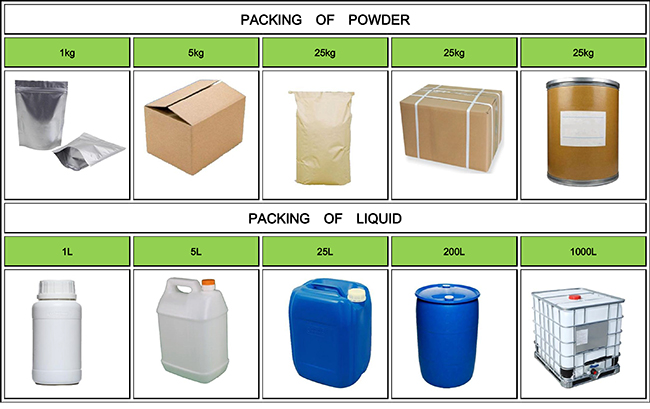
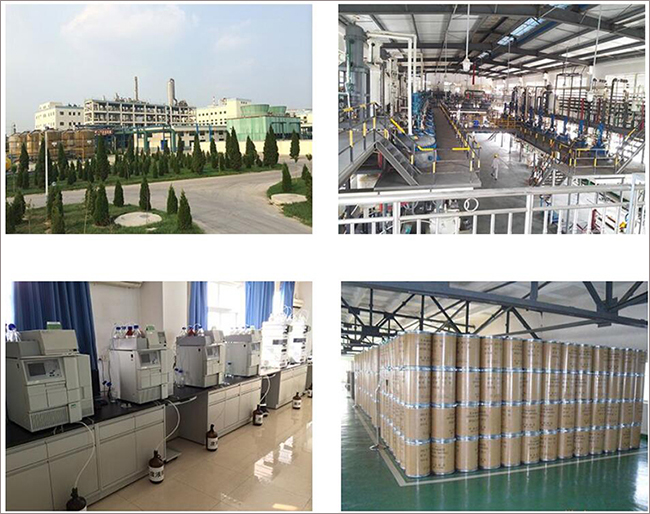


Fortunachem Provides Not Only Professional Chemical Products But Also Professional Help
Keeping you up-to-date with all the latest information, news, and events about Fortunachem!

Quick Links
Add:
E-mail:
 English
English  Español
Español  français
français  العربية
العربية 